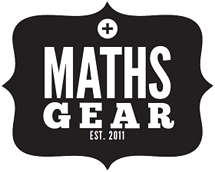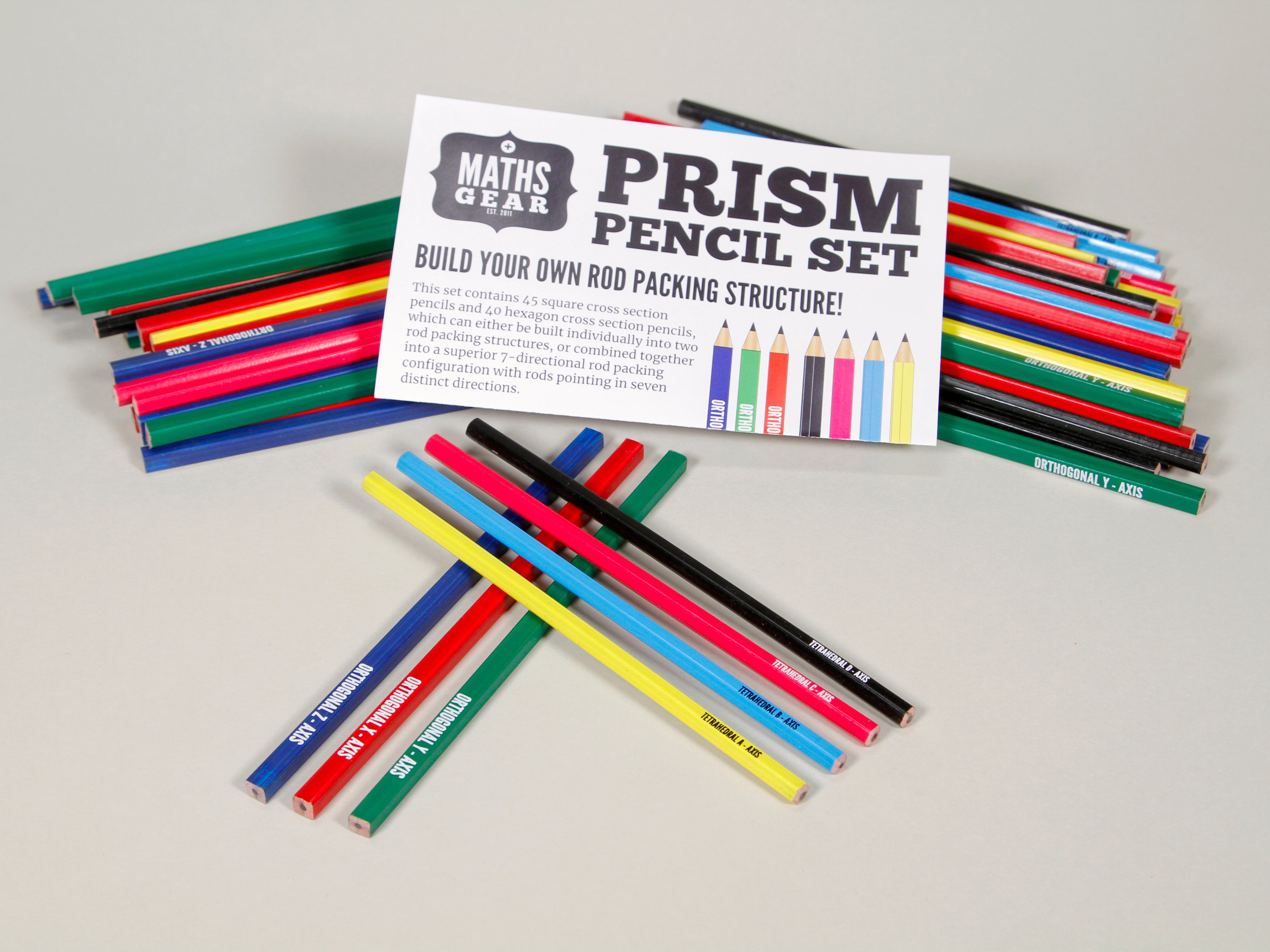
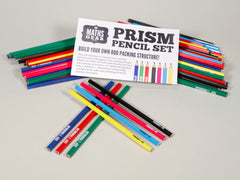
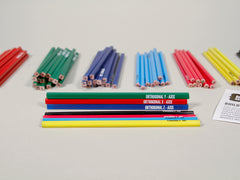
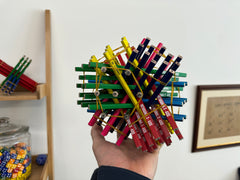
Build your own rod packing structure! The set contains 45 square cross section pencils and 40 hexagon cross section pencils, which can either be built individually into two rod packing structures, or combined together into a superior 7-directional rod packing configuration.
Follow along using the video at mathsgear.co.uk/prism-pencil-instructions, or with Daniel Piker's manipulatable 3D model. Here's a paper explaining the mathematics of rod packing along cubic axes. When you've built your 7-directional model, here's what a sweep through the cross section would look like.
Elastic bands are not included. Pencils are unsharpened, and may optionally be sharpened to use as actual pencils.
Square section pencils: 15 Red, 15 Green, 15 Blue
Hexagonal section pencils: 10 Yellow, 10 Cyan, 10 Magenta, 10 black
Price = (the 357th prime number) pence = 2399 pence = £23.99
